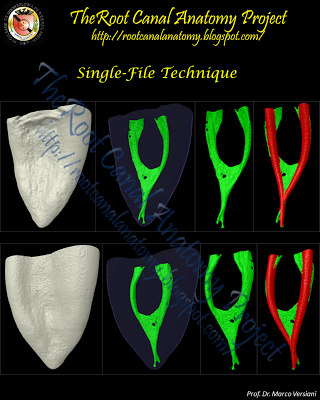The article entitled " Enamel pearls in permanent dentition: case report and micro-CT evaluation " was published on the Dentomaxillofacial Radiology journal. By now, I am going to provide you with some important information about this morphological variation of teeth. P.S. The original article contains different pictures from the below. The following text was extracted from: Moskow BS, Canut PM. Studies on root enamel (2). Enamel pearls. A review of their morphology, localization, nomenclature, occurrence, classification, histogenesis and incidence. J Clin Periodontol 1990; 17: 275–281. Surface Description When examined grossly or macroscopically, enamel pearls most commonly appear spheroid, however other shapes such as conical, ovoid, tear-drop, cylindrical and irregular have been observed (Negra & Olliveira 1974). They vary in size from a pine-head or smaller to that of a large cusp of a tooth. In one study of over 7000 teeth, the mean diameter of these enamel st...










